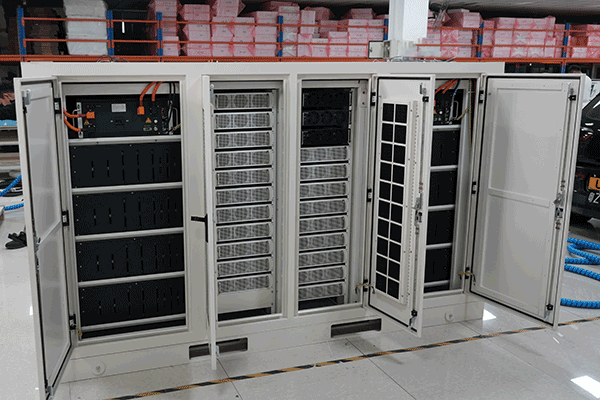An emergency mobile EV charging system is our EV charging solution for all-in-one containerized energy storage systems, supporting flexible customization to suit specific customer needs. The Emergency mobile EV charging system is already in use in many countries, proving its quality and market prospect, today, we will share some tips on maintenance. Today we will share some tips on maintenance.

What are the risks of Mobile EV Charging System
Fire and explosion
‘Thermal runaway’ – a cycle in which excessive heat keeps creating more heat – is the major risk for Li-ion battery technology. It can be caused by a battery having internal cell defects, mechanical failures/damage or overvoltage. These lead to high temperatures, gas build-up and potential explosive rupture of the battery cell, resulting in fire and/or explosion. Without disconnection, thermal runaway can also spread from one cell to the next, causing further damage.
Therefore, the Emergency mobile EV charging system is well-ventilated and equipped with a comprehensive warning device and fire extinguishing system.
Exposure to hazardous chemicals
Battery casings can degrade or be damaged by a variety of impacts. They can also rupture because of excessive temperatures generated from a change in a chemical reaction from over-charging. If a battery casing is ruptured, the fluid or gel (electrolyte) inside can leak, resulting in toxic fumes, burns, corrosion or explosions.
Maintenance tips for system enclosures
- Store it properly: Keep your emergency mobile charging system in a cool and dry place to prevent damage from heat or moisture.
- Keep it clean: Wipe the charging system with a soft cloth to remove dirt and dust that may accumulate on it.
Maintenance tips for Emergency Mobile Charging System
- Regular Inspections: Schedule regular visual inspections of the energy storage system to identify any signs of damage, wear and tear, and check for proper functionality.
- Battery Maintenance: Ensure the battery system is properly maintained, including checking the electrolyte level, cleaning the battery terminals, and ensuring the battery is properly secured.
- Cooling System Maintenance: The cooling system is critical to the operation of the energy storage system. Regular maintenance of the cooling system is necessary to prevent overheating and to ensure the system runs smoothly.
- Software Updates: Energy storage management systems use software to control and monitor the energy storage system. Regular software updates are important to keep the system running efficiently and to ensure it’s protected against security vulnerabilities.
- Environmental Monitoring: Monitor the environment in which the energy storage system is installed to ensure it operates within the recommended temperature and humidity range.
- Record Keeping: Keep accurate records of maintenance activities, including dates and details of any repairs or upgrades. This information can be valuable for tracking the performance of the system over time and for identifying any recurring issues.
Emergency mobile EV charging system has a higher probability of damage and failure because it often provides charging services for electric vehicles. The best thing you can do is to proactively maintain and repair it to extend its life. This guide is a good starting point to learn more about keeping your mobile EV charging system, and you can also ask our after-sales department for more detailed maintenance advice and procedures.














